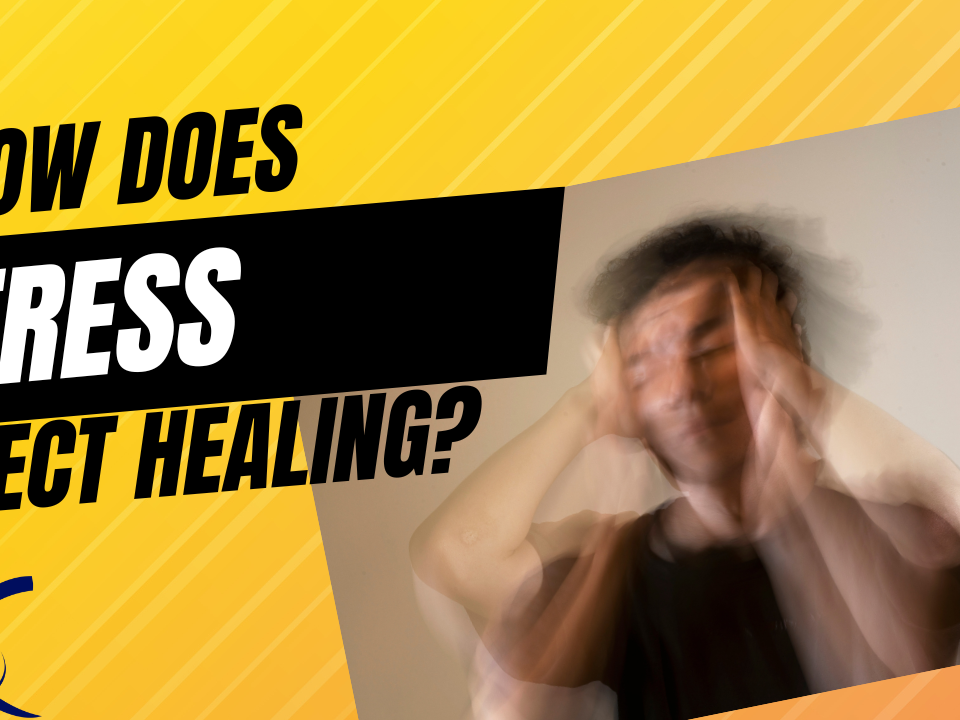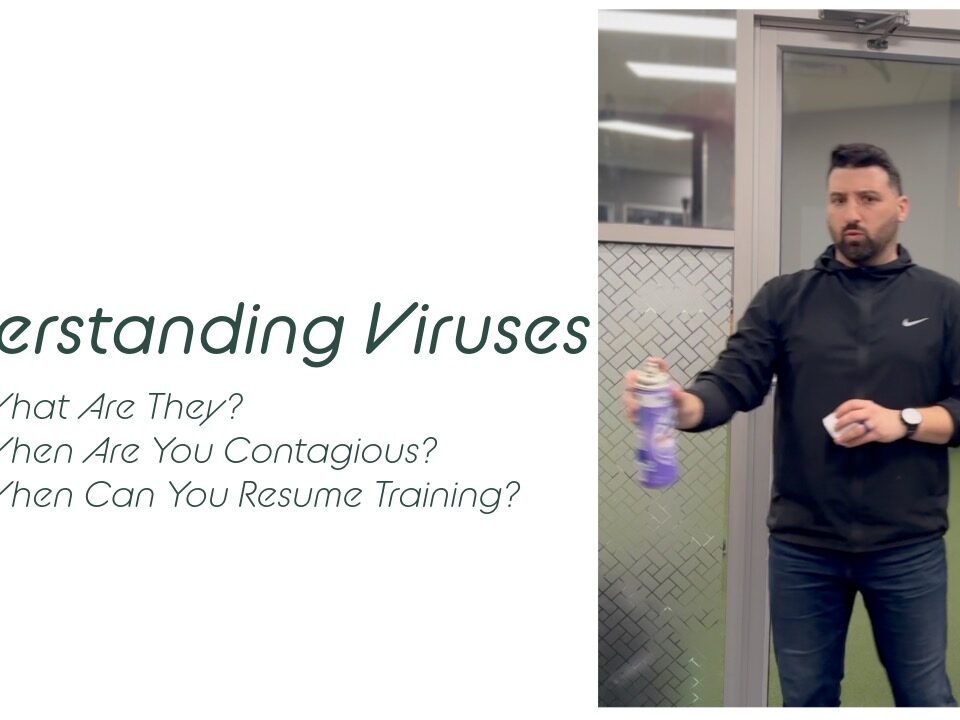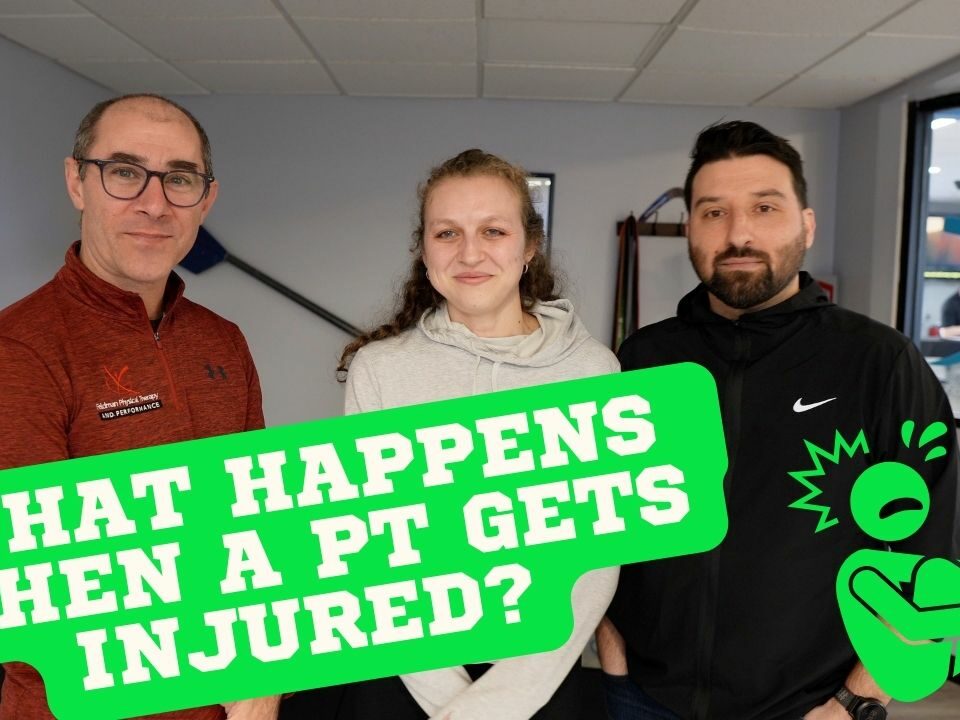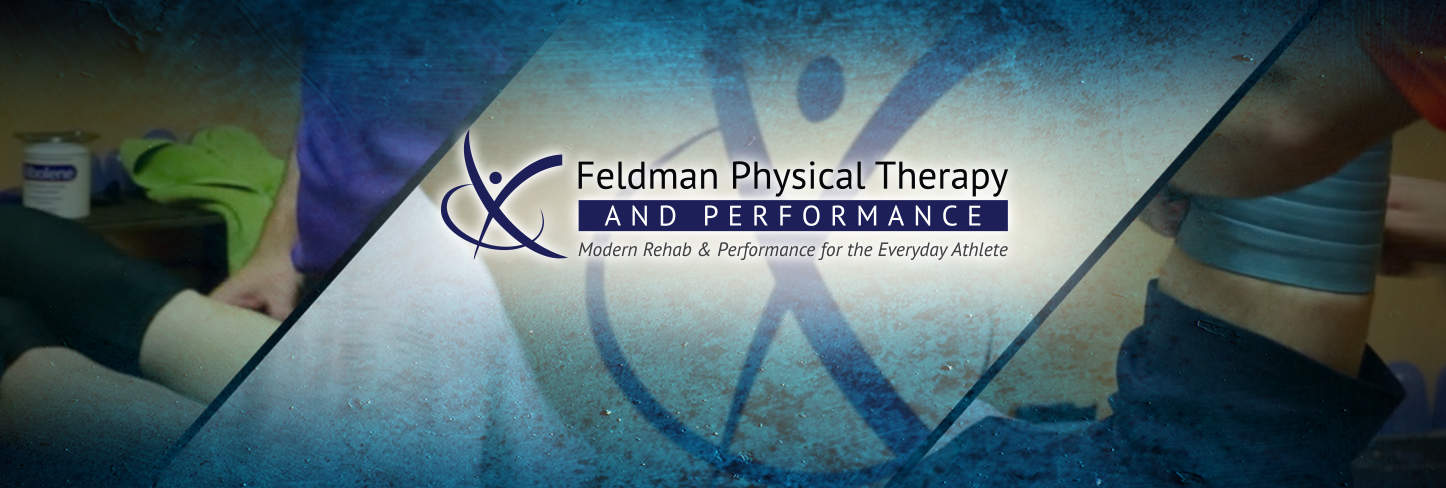
Injury Prevention in Sports
October 9, 2013
How To Pick Running Shoes
November 11, 2013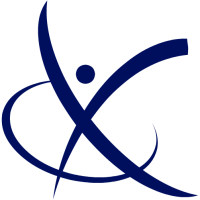 Move better, feel better, perform better. If only it was as simple as it sounds. What does it mean to move better? Whenever we ask our body to accomplish a task our brain goes through many tiny calculations to determine the best, most efficient way to get that task accomplished. Our bodies are designed to have very specific muscles and joints perform very specific tasks. We run into trouble and injuries when we start to use muscles and joints to do things they weren’t designed to.
Move better, feel better, perform better. If only it was as simple as it sounds. What does it mean to move better? Whenever we ask our body to accomplish a task our brain goes through many tiny calculations to determine the best, most efficient way to get that task accomplished. Our bodies are designed to have very specific muscles and joints perform very specific tasks. We run into trouble and injuries when we start to use muscles and joints to do things they weren’t designed to.
How does this happen? The process is actually very simple, over time from the various activities we perform some muscles become stronger than others. Many of us spend most of our day sitting down, and most if not all of what we ask our body to do is in front of us. Because of this the muscles that we use to extend our joints, and the muscles in our back get weak. The weaker they get the less likely they are to be able to complete a given task. Our brain isn’t going to call on a muscle to do something it doesn’t think it can successfully do, and so instead it will ask another muscle to, “pick-up the slack”. When this happens the original muscle is used, less, will get weaker, and the pattern will continue. So if we don’t use our core to properly support us sitting at our desk at work or school, we also won’t use it to support us while running, weight training, biking, or cleaning the living room. We have all seen these subconscious decisions in action when we try to move something that is either too heavy or an awkward size. Initially we try it using a proper form/mechanics, then when we realize this won’t work our brain comes up with some method get the job done that usually involves two or three near drops. Think about how you would feel if that was the same process you used to sit at your desk, lift anything off the floor or turn and look behind you. In more cases than you would believe it actually is.
The good news is that there are many well tested and reliable ways to grade your movement, one being the Functional Movement Screen (FMS), this quick test puts your body through various tasks and grades how you complete them. Based on these grades, and the quality of your performance we can prescribe you corrective exercises that will help retrain your body to use the proper muscles to complete your daily tasks, as well as fitness related ones.
When you start to use your body the way it was designed you will quickly find that you have less pain following your workout, or your day at the office, and you will also notice that you are injured less. Along with these changes you will also see improved performance. If you are weight training you will be amazed how easy it will feel to lift what used to be your PR when you use your body the right way. If you are sitting at your desk, you will be shocked how much more efficient you are getting your daily work done when you aren’t constantly pausing to rub your achy neck or back. Do you play soccer? You won’t believe how much faster you will be, and how much easier you will change directions and accelerate when you run and move efficiently. Are you a throwing athlete? If so you will be amazed how you can improve your accuracy and velocity simply by improving the way you move.
The last change you will notice regardless of what activity you perform is how much less fatigued you get from that given task. When you use your body the way it was designed to work, everything takes less energy!


